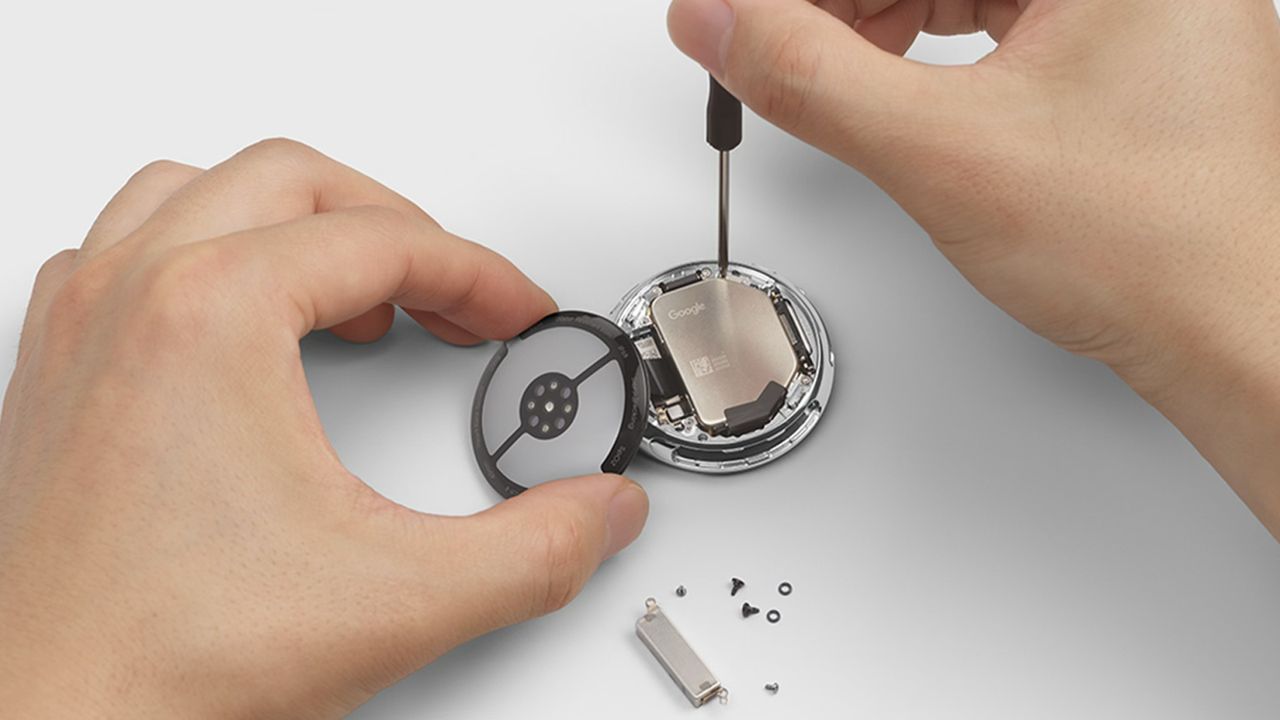
Smartwatches have long been criticised for being sleek, sealed gadgets that become near-disposable once the screen cracks or the battery gives out.
That changes with the new Pixel Watch 4, the first mainstream smartwatch designed with replaceable battery and display components.
To be clear, Google isn’t bundling spare parts in the box. Instead, the watch has been engineered so that if the screen shatters or the battery degrades, those elements can be swapped out through authorised service or future self-repair programs.
It’s a subtle design shift, but in practice it’s a huge step forward: owners no longer need to replace the entire device when the most common failure points wear out, reducing e-waste.
Repairability in context
So far, the industry hasn’t embraced repairability with open arms. Apple and Samsung both run centralised repair programs, but their watches are tightly sealed.
Even with Apple’s self-service repair initiative, watches remain off the table. Garmin offers refurb replacements rather than modular servicing.
There are exceptions: the Polar Grit X2 allows customers to send in their device for a battery swap, prolonging its lifespan.
Outside the mainstream, eco-focused startups like Fairphone have shown that modular design can work in phones and accessories, but those examples are niche.
Why this matters now
There’s growing pressure across the tech industry for Right to Repair and sustainability-focused design.
The EU is actively legislating for user-replaceable batteries in portable electronics by the late 2020s.
In that light, the Pixel Watch 4’s repairability is both forward-looking and regulatory-friendly.
Whether rivals will follow is less certain. Apple and Samsung prize ultra-tight integrations and minimal thickness, both at odds with modularity.
But if Google sticks with this approach and legislation keeps tightening, the Pixel Watch 4 might be remembered as the first domino to fall in a new era of repairable smartwatches.







